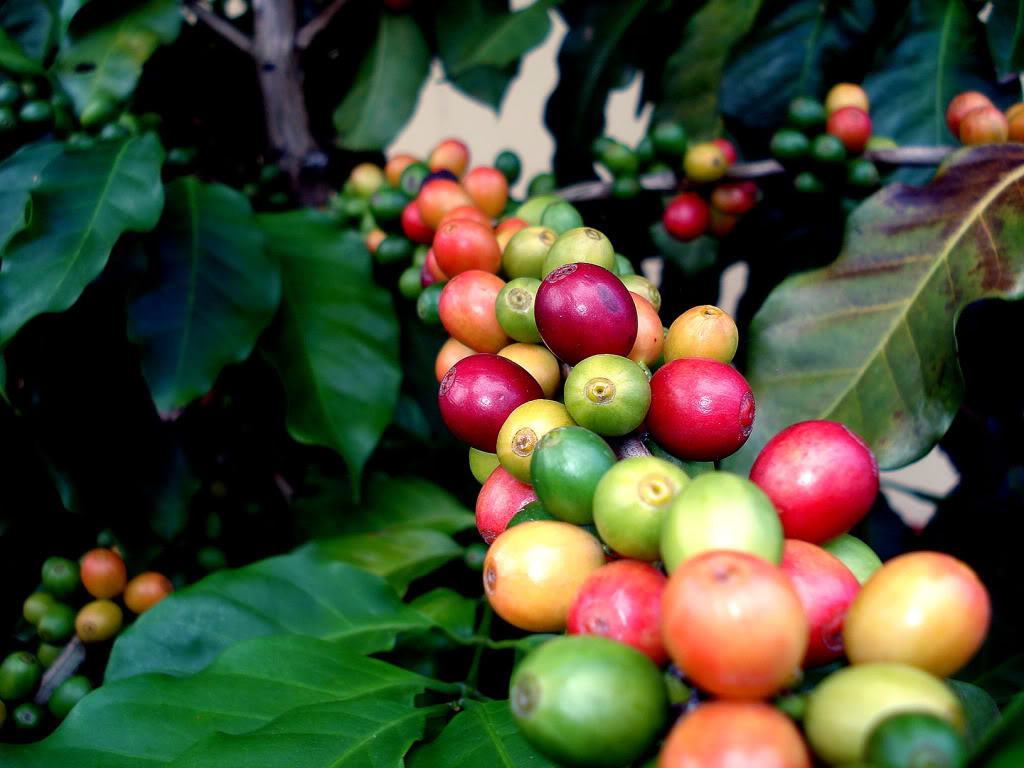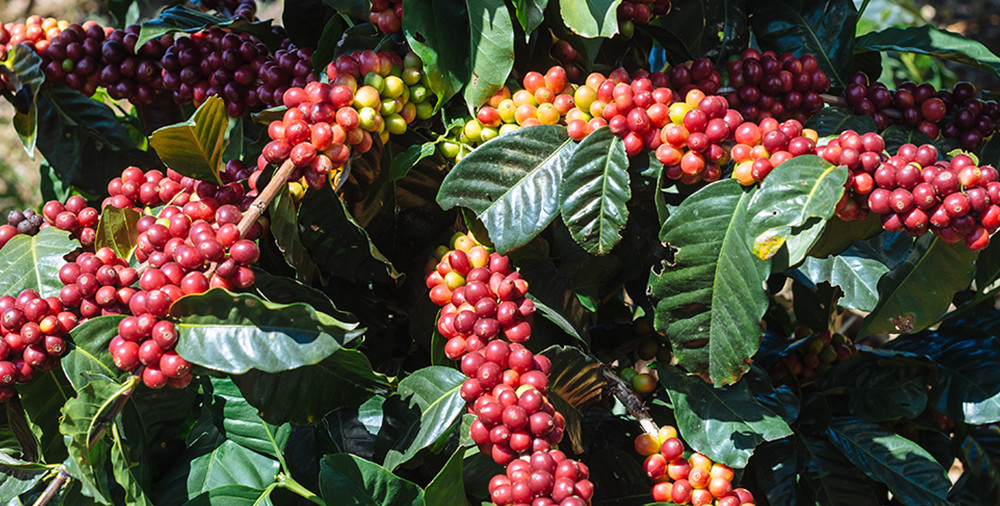The Origin of Coffee and Its Cultivation
Geographically, there are three global coffee-growing regions: East Africa and the Arabian Peninsula, Southeast Asia and the Pacific, and Latin America.
The region where coffee is grown plays a big role in determining its taste. The native soil, climate and processing methods used in cultivation all influences the distinctive flavors of the beans. A French winemaker would call this “got de terroir” - the “taste of the place”.
Geographically, there are three global coffee-growing regions: East Africa and the Arabian Peninsula, Southeast Asia and the Pacific, and Latin America.
Some coffee trees have the potential to grow to a height of 30 to 40 feet.
However, most are kept much shorter for the ease of harvest. The average coffee tree bears only enough cherries each season to produce about half a kilogram of roasted coffee. It takes a whole year for the tree to produce what most people can enjoy in a single week!
There are two commercially important coffee species: coffea arabica and coffea canephora (robusta). Arabica coffee grows best at high altitudes, has a much more refined flavor than other species, and contains about 1% caffeine by weight. As the name indicates, robusta coffee is a robust species, resistant to disease, with a high yield per plant. It flourishes at lower elevations and produces coffee with harsher flavor characteristics. Starbucks buys only the highest quality arabica coffees available.
At harvest time, coffee trees are laden with bright red coffee cherries. An unroasted coffee bean is simply the pit of the coffee cherry.

The hardworking coffee tree
Like many other fruits, coffee cherries grow on trees. The soil, climate, altitude, and surrounding plants that a coffee tree is exposed to during growth affects the flavor of the beans it produces.
The skin of the coffee cherry is very thick, with a slightly bitter flavor. The fruit beneath the skin, however, is intensely sweet with a texture similar to a grape. Beneath the fruit is the parchment, which serves as a protective pocket for the seed, much like the small pockets that protect the seeds of an apple. Remove the parchment and you’ll generally find two green coffee beans, ready for washing and roasting.
